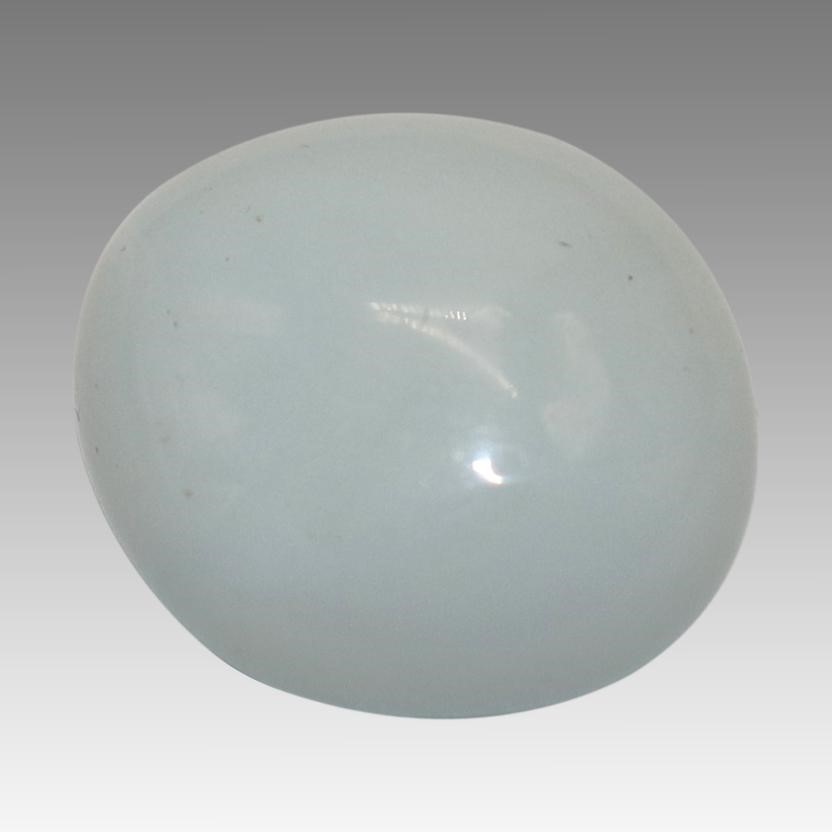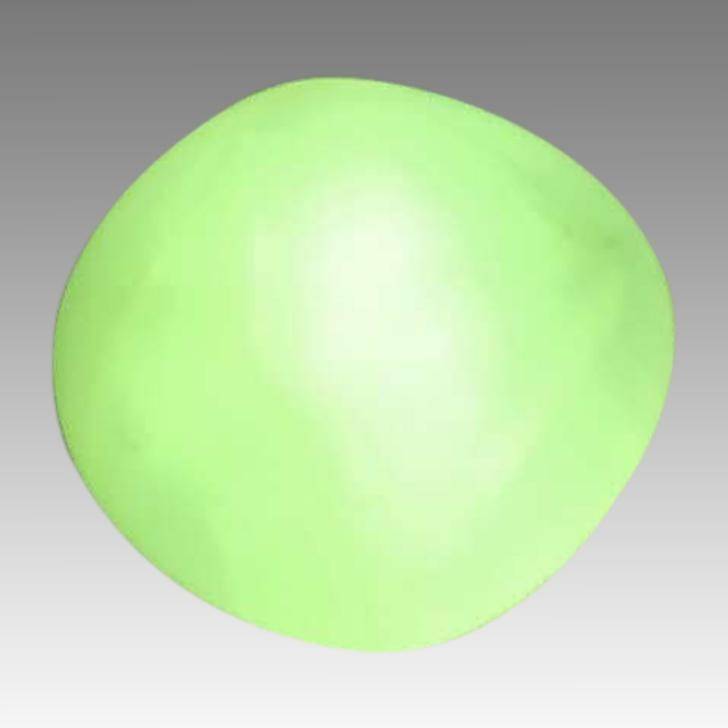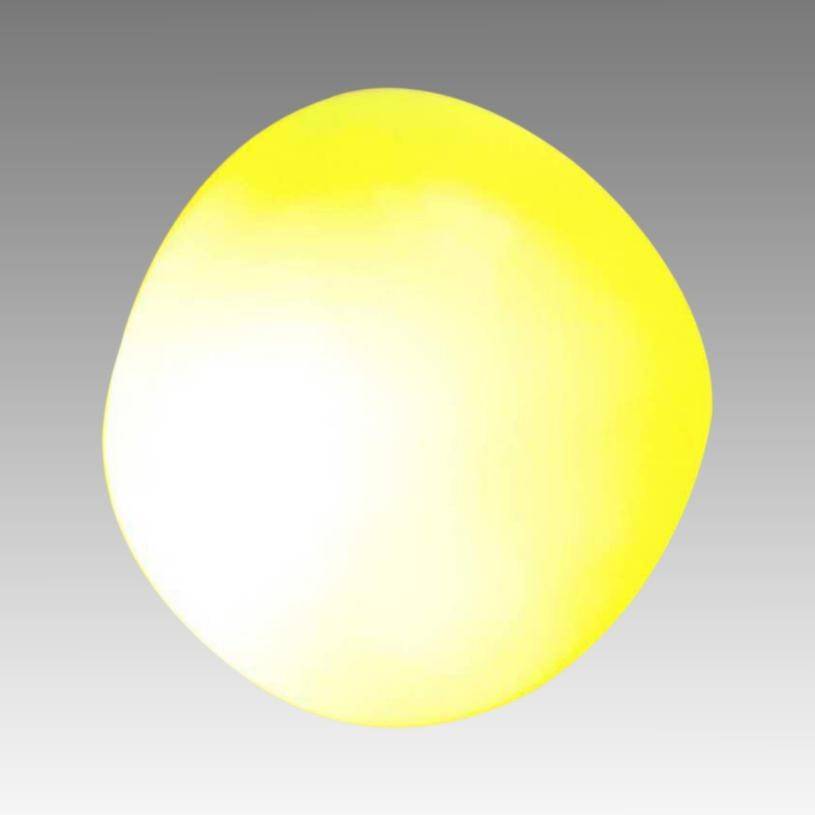舍利子是佛教高僧死后所遺留的頭發(fā)、骨骼等在火化后所產(chǎn)生的結(jié)晶體,又稱(chēng)堅(jiān)固子。
舍利子形狀千變?nèi)f化,顏色也各不相同,有的像珍珠,有的像瑪瑙、水晶。佛教認(rèn)為,它只是物質(zhì)元素并無(wú)靈異成分,佛教徒尊敬和供奉舍利子主要是因?yàn)楦呱暗墓Φ潞痛缺腔邸?/p>
舍利是印度語(yǔ),梵文?arīra,或譯室利羅、設(shè)利羅;義“骨身”、“體”、“遺身“,是印度人死后身體的總稱(chēng)。但本意卻非如此。舍利最初意思是代表“米粒”,因?yàn)榉鹕崂嗡泼琢#缘妹K陨崂畛踔皇且唤璐~語(yǔ),完全是從其形狀上立名的。

在印度,人死后的遺體,俗例多用火葬,火葬后的骨灰(舍利),藏在金屬的、石質(zhì)的、陶質(zhì)的容器中,埋在地下。稍高出地面的即稱(chēng)為塔,塔是高顯的意思,相當(dāng)于中國(guó)的墳。藏舍利的容器,無(wú)論是金屬的石質(zhì)的,有特殊形式,可以供奉在屋里,也稱(chēng)為塔。這種藏舍利的塔,就是中國(guó)寶塔的來(lái)源。因此,舍利與塔,在印度民族宗教中,成為尊敬的對(duì)象。而中國(guó)對(duì)于祖先的遺體,墳?zāi)贡愠蔀樽鹁磳?duì)象。
舍利子為佛教至寶,平時(shí)難得一見(jiàn)。此顆舍利質(zhì)地溫潤(rùn)光澤,晶瑩剔透,在強(qiáng)光照射下會(huì)呈現(xiàn)黃綠色,為世間罕有之收藏珍品。
Buddhist relics are the crystals produced by cremation of hair and bones left by Buddhist monks after their death, also known as strong ones.

Buddhist relics are ever-changing in shape and color, some like pearls, others like agate and crystal. According to Buddhism, it is only a material element, but there is no spiritual element. Buddhists respect and worship Buddhist relics mainly because of the merits, virtues, compassion and wisdom of monks before their death.
Sari is Hindi, Sanskrit ?arīra, or translated Sri Luo and Sheliro; The meanings of "bone body", "body" and "body-leaving" are the general names of Indian bodies after death. But it wasn't meant to be. The original meaning of Buddhist relics is "rice grain", because Buddhist relics are shaped like rice grains, hence its name. Therefore, sarira was just a metonymy at first, and it was named from its shape.

In India, the remains of people after death are often cremated, and the ashes (relics) after cremation are hidden in metal, stone and ceramic containers and buried underground. Slightly higher than the ground is called a tower, which means high, which is equivalent to a grave in China. The containers for storing relics, whether made of metal or stone, have special forms and can be enshrined in houses, also called towers. This kind of pagoda for storing relics is the source of Chinese pagodas. Therefore, sarira and pagoda have become objects of respect in Indian national religion. In China, graves have become the object of respect for the remains of ancestors.
Buddhist relics are the treasure of Buddhism, which is rarely seen at ordinary times. This relic is warm, shiny and crystal clear, and it will be yellow-green under strong light, making it a rare collection treasure in the world.







